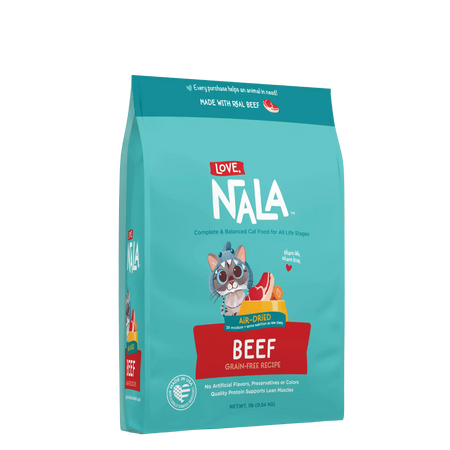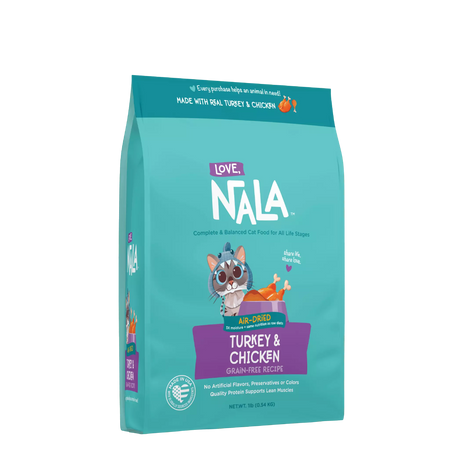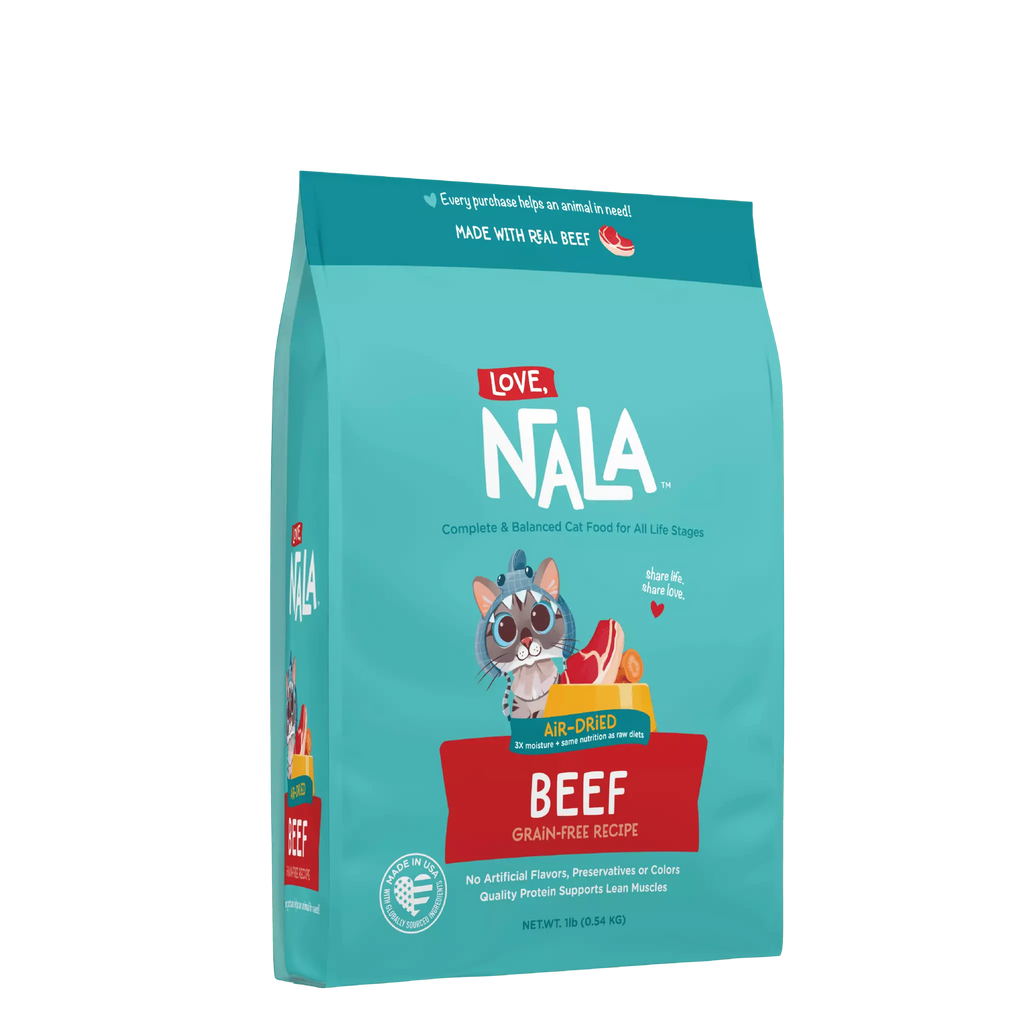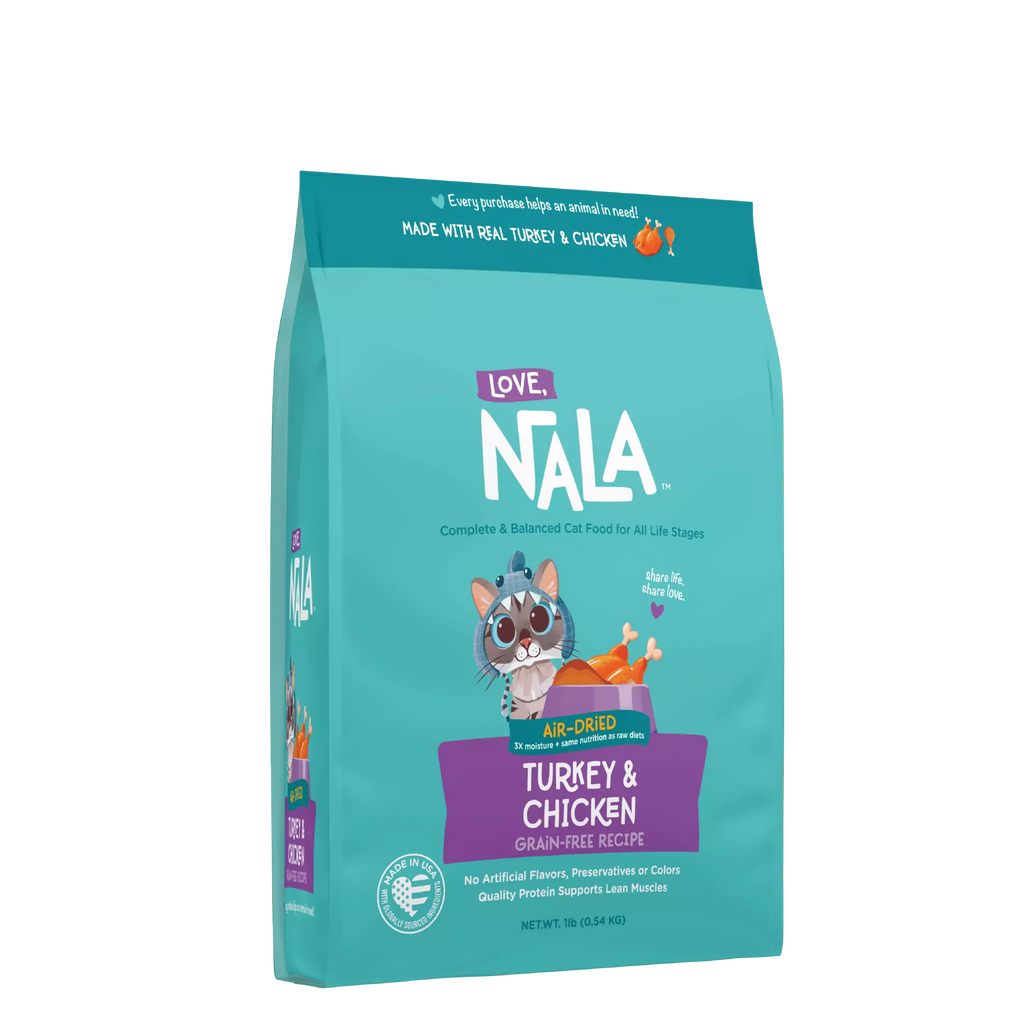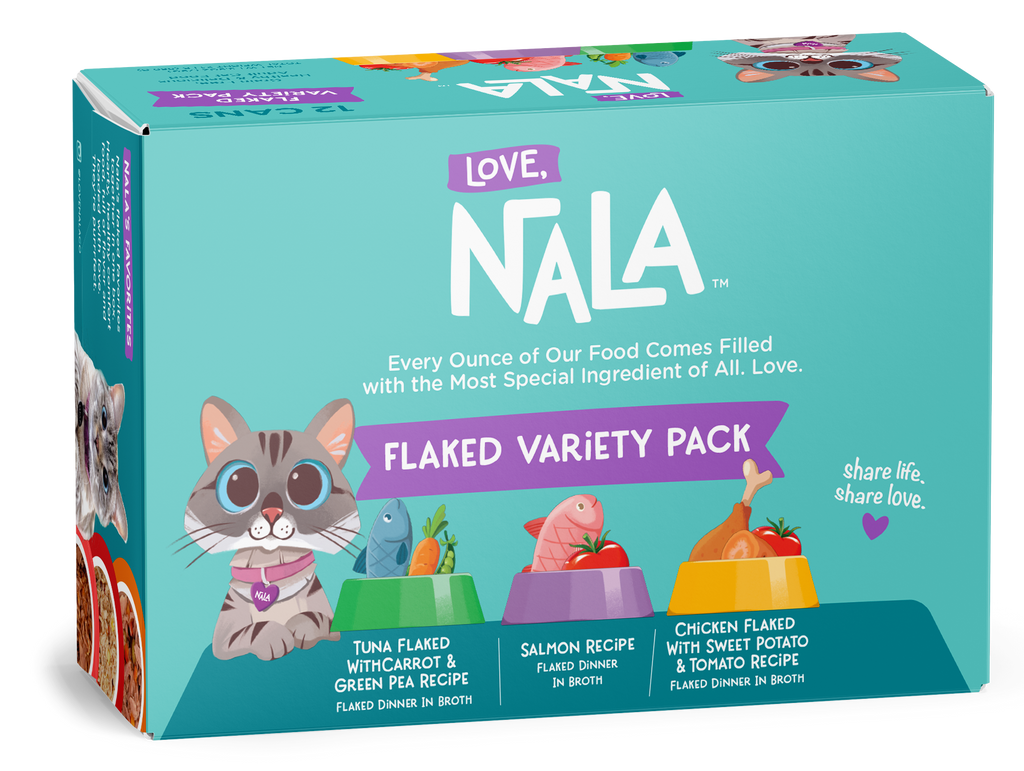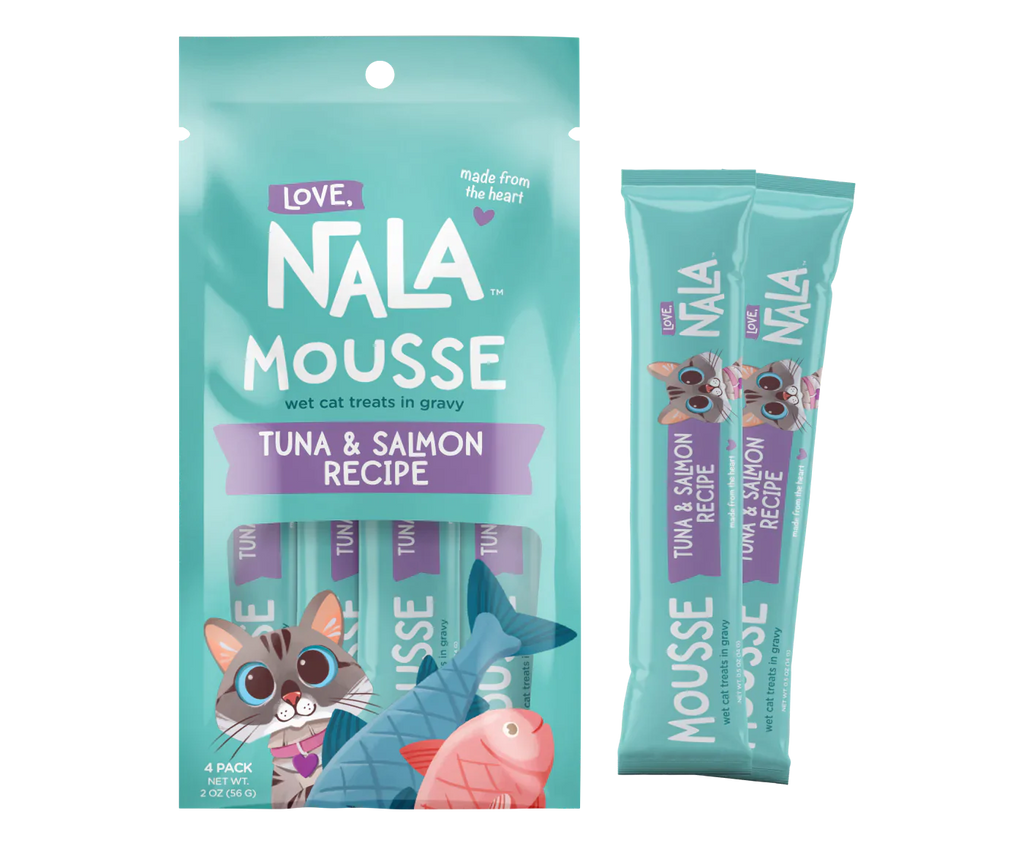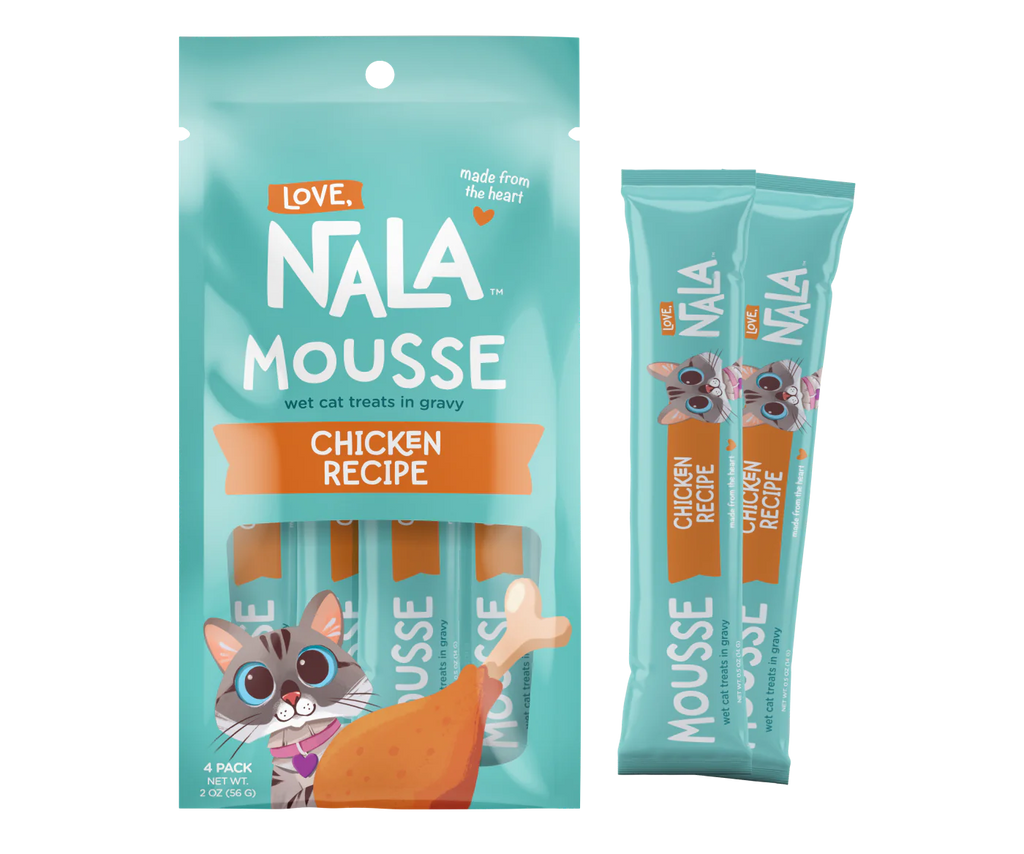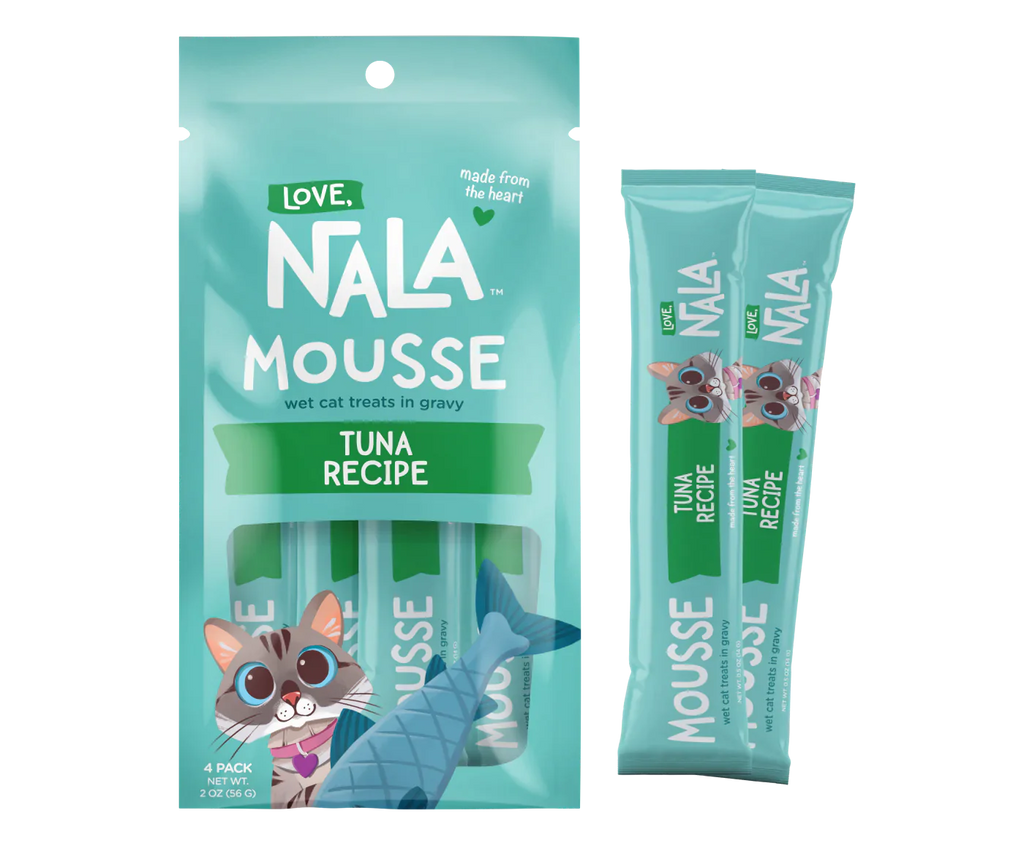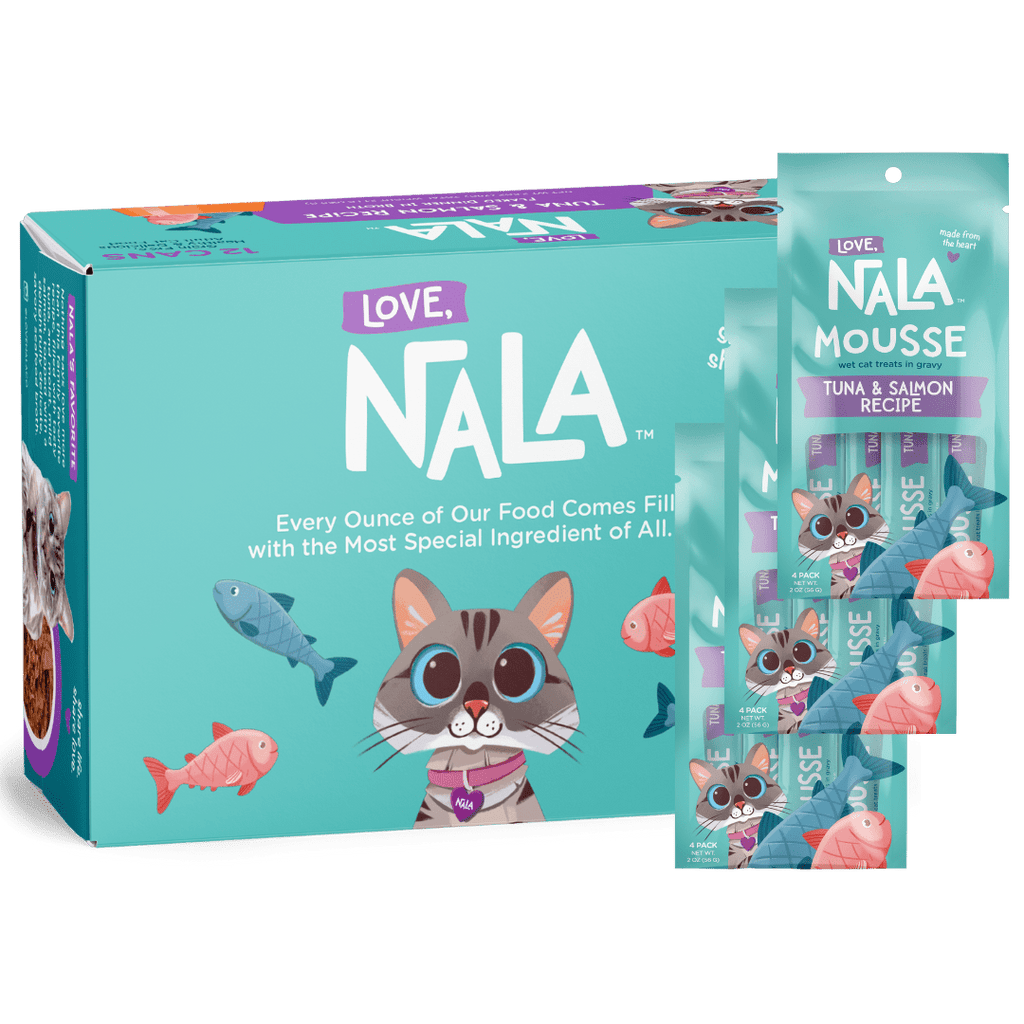Cats are often stereotyped as independent creatures who spend their days napping. While it's true that cats love to rest - they sleep up to 20 hours a day - playtime is just as essential for their health and well-being. Whether you have a curious kitten, an affectionate adult, or a sedentary senior, regular, interactive play is the key to a happier, healthier cat.
Playtime may look like fun, but for cats, it’s deeply rooted in instinct. For cats, playing simulates “the hunt.” Cats are natural predators, and play is their way of acting out those innate hunting behaviors in a safe, domestic environment. Chasing a wand toy, pouncing on a stuffed toy, or batting at a ball mimics the stalk-chase-pounce sequence they’d use out in the wild.
Without the opportunity to express these natural instincts, cats can become bored, frustrated, and even depressed. This can result in unwanted behavioral issues like aggression, scratching furniture, biting ankles and feet, or overeating.
Play provides both physical and mental stimulation that cats need to thrive.
Playtime is essentially exercise and, just like with humans, exercise helps cats maintain a healthy weight. Regular play sessions help burn calories and prevent obesity-related health issues like arthritis. For older cats, gentle play helps keep their joints limber and their muscles strong. In regards to mental health, play helps cats burn energy, alleviate boredom, and reduce stress.
Toys like wands, springs, and lasers look like prey to cats and it makes them want to chase, pounce, and “kill” them. Some cats are drawn to toys that “fly” like birds so if you move the wand toy into the air they jump up, while other cats prefer toys that stay on the ground, more akin to rodents or insects. Either way, get their attention with movement. Cats have motion sensitive vision and like to watch their prey move. So the first step of properly playing with your cat is to recreate “the hunt” and get them feeling intrigued.
Once your cat is engaged with the toy, let them pounce on it. Let them chase it. Make the toy disappear and reappear, just like a bird or mouse would do in the wild. Keep your cat interested and wondering what will happen next. Let them jump around, chase the toy, and expel some energy. A wild cat will often not catch their prey on their first attempt. It may take a few tries, but you will need to let your cat catch the toy and “kill” it.
Part of a successful play session comes from the thrill of the hunt. The cat needs to be allowed time to “kill” the toy and relish in their win. Let them bunny kick to their heart’s content or bite down and chomp on that toy until they are satisfied. It is really frustrating for a cat if they don’t get a chance to do this so make sure to give them a few minutes to take pride in their accomplishment before moving on.
Cats can easily get bored with the same toys or routines so keep things exciting by rotating toys. Toy rotation is regularly changing the toys your cat has access to in order to keep things fun. Switching out the toys your cat has access to every few days enriches their playtime experience by ensuring they always have something new and interesting to play with. Reintroducing tried and true toys keeps things interesting and can reignite your cat’s interest in playing with them. It allows your cat to “rediscover” the toy they love so much. When a toy has been unavailable for a few days or weeks and then suddenly reappears, it becomes way more exciting.
Cats are smart and curious animals who love learning new things. Without proper mental stimulation, they can become bored, anxious, and even depressed. Interactive toys, puzzle feeders, and games that require problem-solving keep your cat engaged. They can also help prevent cognitive decline and keep their minds sharp. Boredom in cats can quickly lead to destructive behavior while play keeps their brains busy and satisfied. Offering interesting toys will encourage them to problem solve.
Playing with your cat isn’t just good for them, it’s good for you too. Regular interactive play builds trust and strengthens the bond between you and your cat. It’s a great way to learn more about their personality, preferences, and what really makes them tick. Watching them have so much fun playing will make you love them even more. And they will absolutely love spending more quality time with you doing something they really enjoy.
Every cat is different, but most cats will benefit from at least two 10-15 minute play sessions every day. Kittens and young adults usually need more playtime since they have so much energy, whereas seniors may prefer shorter, more frequent sessions of gentle play.
Try to schedule playtime around your cat’s naturally active periods, typically early morning and evening, right before meal time. This mimics their natural cycle of ‘hunt, catch, kill, eat, groom, sleep.
Playtime is not a luxury for cats. It is a necessity. Cats need interactive play every single day. Ten or fifteen minutes of focused, intense playtime a few times a day will help to keep your cat physically fit, mentally sharp, emotionally balanced, and connected to you. So grab some toys, get on the floor, and encourage your cat to get moving. You will both benefit from some interactive play.
Love, Nala
